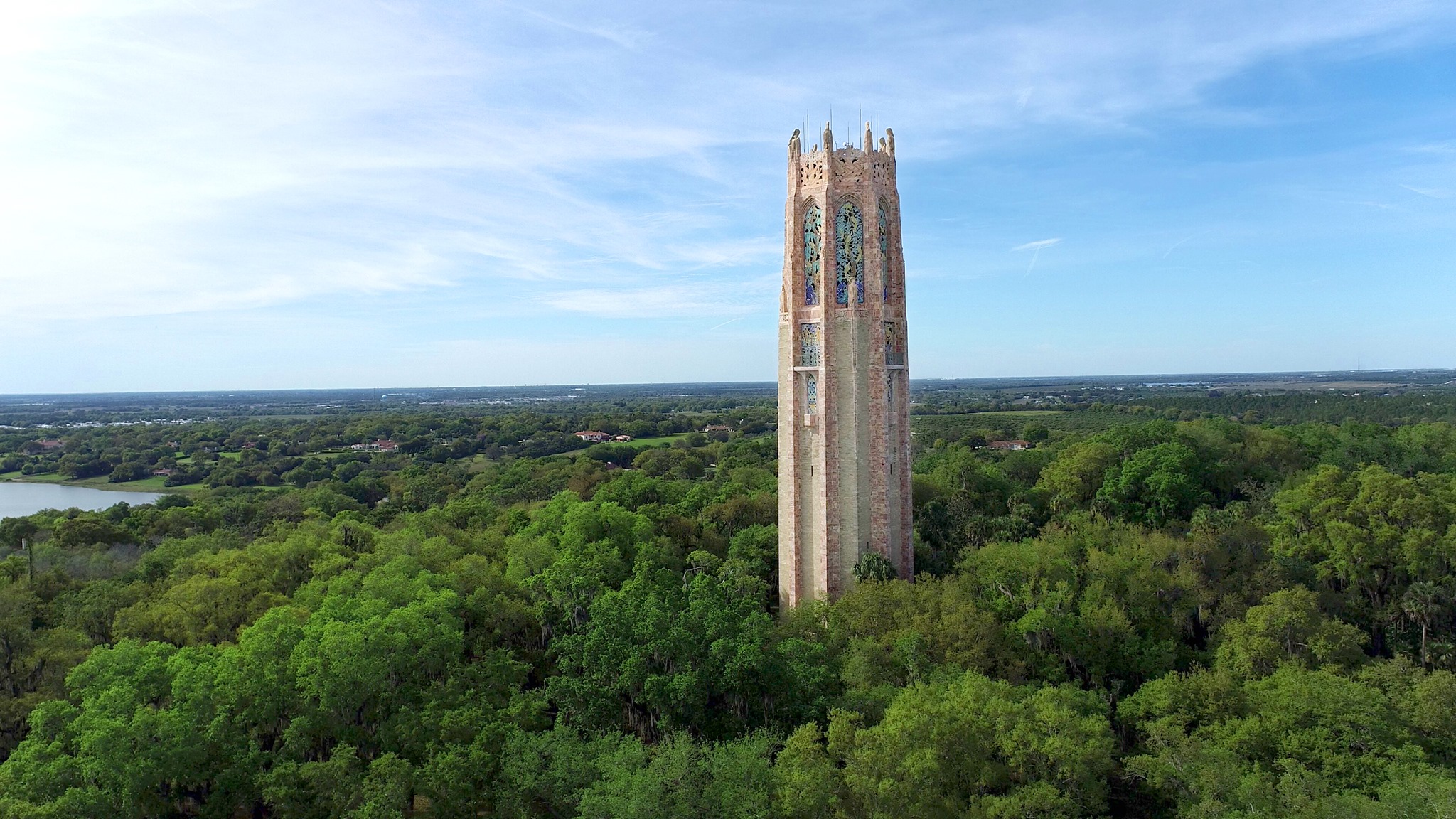Nestled in the heart of Lake Wales, stands as a breathtaking testament to the harmonious blend of art, nature, and music. Here, Edward W. Bok, a Dutch immigrant and Pulitzer Prize-winning author, established Bok Tower Gardens. Let’s learn more about this history of these serene site just an hour or so down the road from Tampa Bay.
What is Bok Tower Gardens?
Bok Tower Gardens extend over 250 acres and has an array of curated and unique landscapes. From the enchanting Pinewood Estate to the meandering pathways adorned with vibrant flora on the Olmsted Gardens. There is a diverse range of plant species, including azaleas, camellias, palms, and ferns, creating a year-round tapestry of color and texture.
The gardens were originally founded by Edward Bok. Born in Den Helder, Netherlands, in 1863, Bok came to the United States at the age of six. Educated in the Brooklyn Public Schools, he eventually became editor of The Ladies’ Home Journal in 1889. Under his management, The Ladies’ Home Journal became one of the most successful and influential publications in America.
Related: Sulphur Springs, Tampa: A Hidden History
Bok was also a champion of social causes, a pioneer in the field of public sex education, prenatal education and childcare, and an environmental activist in public health and the saving of Niagara Falls.
Bok wanted to create the gardens as a gift to American people in gratitude for the opportunity they had given him.1

Architecture of the gardens
The gardens have another famous name attached to them, Frederick Law Oldmsted Jr. He was the son of Frederick Law Olmsted, the father of landscape architecture and designer of New York City’s Central Park. After graduating from Harvard, Olmsted Jr. worked with his father on the Biltmore Estate and eventually landscaped many of Washington, D.C.’s most prominent landmarks.
In 1923, Olmsted Jr. transformed Bok Tower Gardens from a sand hill into one of the nation’s most beautiful garden sanctuaries. For the next five years, Olmsted Jr. and his team diligently planted a mix of native and exotic plants that would thrive in the humid climate and lend a tropical feel to the native oak hammock.
Olmsted selected plants that would provide a hearty supply of food and shelter for migrating birds and other wildlife in the Gardens.2

More than just gardens
There are various other unique buildings located on the grounds of Bok Tower Gardens including:
A Mediterranean-style mansion
Called El Retirio, it’s a 20-room mansion built for Charles Austin Buck in the 1930s. He was a Bethlehem Steel executive. Olmstead also designed several private gardens near Bok’s gardens, including this one. Buck was a great admirer of the Latin lifestyle and architecture. He wanted “El Retiro” to be reminiscent of it. The 12,900 square foot Mediterranean-style home has many characteristics of an antique villa. Complete with a barrel-tile roof, thick walls, substantial carved doors and woodwork, and intricately detailed wrought iron.
A singing tower
The high tower and symbol that is usually associated with the gardens is called a carillon. A carillon is a musical instrument consisting of a series of large bells, housed in a tower. These bells are played using a complex system of levers and pedals. This allows a skilled musician called a carillonneur to create intricate melodies and harmonies. Carillons are renowned for their distinctive and resonant sound, which carries over great distances.
The carillon art began in the low countries of Belgium and the Netherlands in the 17th century. Today there are approximately 600 carillons around the world and only about 185 carillons in North America. And we have one right here in Central Florida.





























